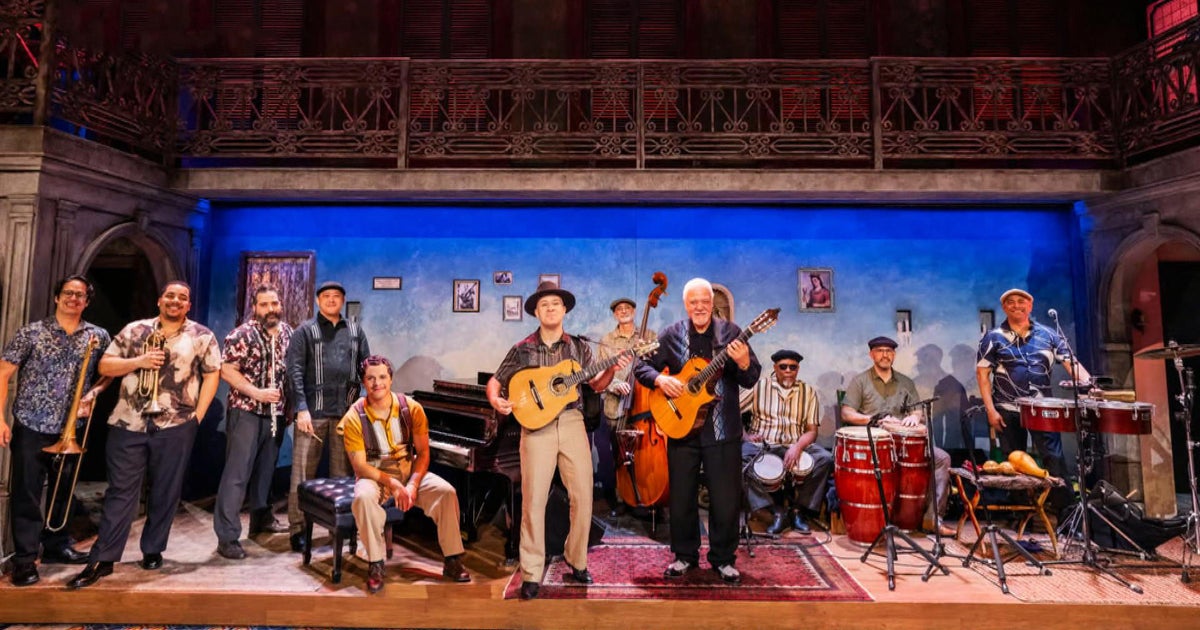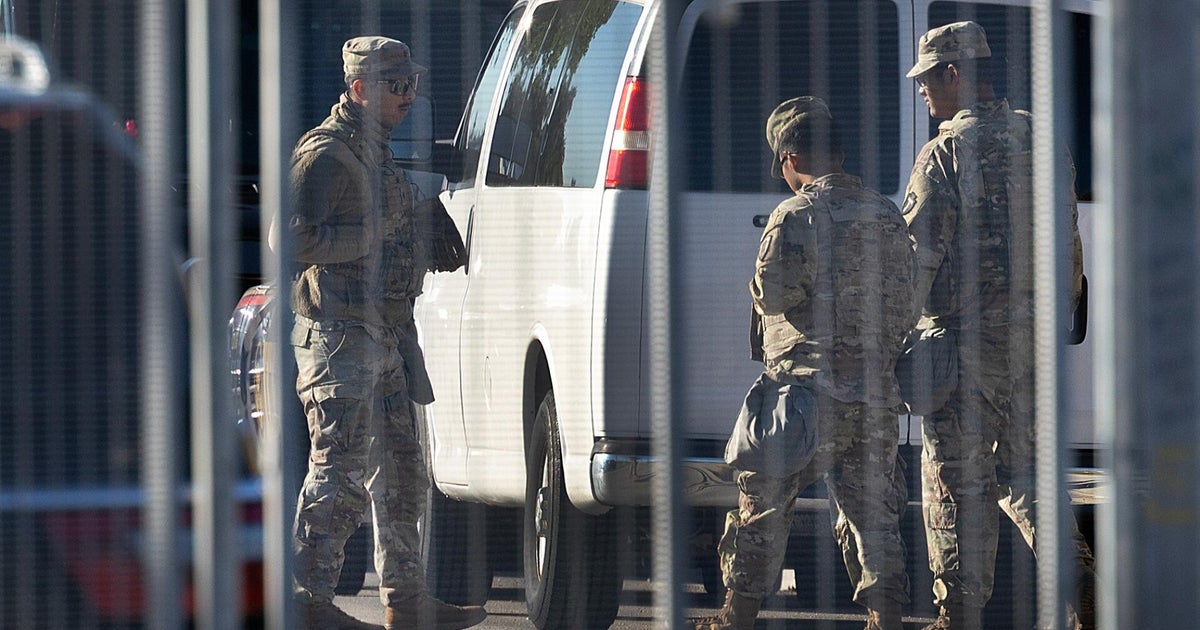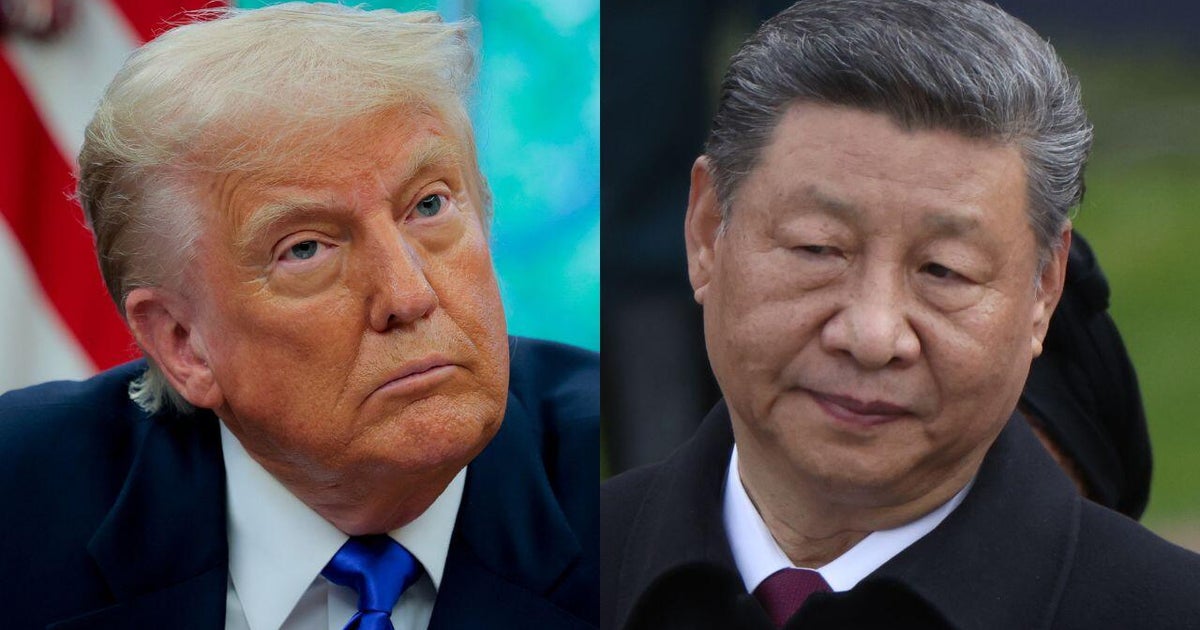DANCE
Dracula
State Theatre until September 12
Newcastle Civic Theatre September 17 to 21
Reviewed by CHANTAL NGUYEN
★★★
The audience was in full Gothic dress-up at Sydney’s opening night of Dracula by BIG Live. Spurning the traditional ballet company structure in favour of a fully privately funded show-based business model (more akin to musical theatre), BIG is currently the new kid on the dance company block.
You have to admire its entrepreneurial spirit. Though BIG blurs the line between ballet as a classical artform and ballet recast as popular entertainment for business, its performances are mostly sold out. Clearly, it has reached audiences typical classical dance companies have not.

The choreography tells a sufficient if unchallenging ballet-as-popular-entertainment story.
The choreography (Joel Burke, who is also co-founder, artistic director and dances the role of Jonathan) condenses Bram Stoker’s novel into a two-act ballet. It tells a sufficient if unchallenging ballet-as-popular-entertainment story, rather than being maturely expressive or artistically sophisticated. Act 1 is tighter than a tonally patchy Act 2, though the four ghost women are a consistent highlight.
Eric Luchen’s sets are satisfyingly gothic, and Toby Alexander’s score plays like a pub quiz round of “name that famous classical music piece”.
While the musical familiarity is meant to help audiences feel at home and quickly identify what mood the story intends to inspire, it underestimates audience ability to resonate with lesser-known music, to the story’s detriment: some pieces are so cliched or famous in their own right that their meaning overrides.

The dancers are mostly young, their freshness somewhat compensating for inexperience.
The first glimpse of Dracula’s castle features the opening of Bach’s Toccata and Fugue in D minor for organ - musical shorthand for horror films - prompting audience snickers. As Dracula (Ervin Zagidullin) embarks on a killing spree to Tchaikovsky’s ubiquitous 1812 Overture, my guest asked with genuine puzzlement if the music meant Act 2 had turned into a slapstick comedy.
The dancers are mostly young, their freshness somewhat compensating for inexperience. But for seasoned ballet-goers, even those preferring traditional ballet companies, the main reason to consider Dracula is Zagidullin, a Vaganova-trained former Mariinsky Ballet artist with the powerful masculine technique and fearless leaps unique to the Russian school of male ballet.
One of BIG’s strengths is that it regularly features guest eastern European stars such as Maria Khoreva, Iana Salenko, and Daniil Simkin. Renowned eastern European companies such as the Bolshoi and Mariinsky scarcely toured Australia even before the Russia-Ukraine war, so BIG provides valuable opportunities to experience this iconic style, which – especially with male dancers such as Zagidullin – is unlike anything else in the dance world.
MUSIC
Maid Made Boss (La serva padrona)
Pinchgut Opera
City Recital Hall, September 13
Reviewed by PETER McCALLUM
★★★★½
In 1733, the 22-year-old Pergolesi wrote some crisp, stylishly brilliant music for a short, extraordinarily silly libretto and changed the course of music history. In setting out to create no more than a filler (or intermezzo) between the acts of a serious, long forgotten work, Pergolesi established, with melodious, well-finished music and rapidly changing tone, the musical and dramatic language for comic opera that Mozart was to perfect in The Marriage of Figaro and which continues in various forms to this day.
Pinchgut Opera’s production of the resulting work, La serva padrona (translated here as Maid Made Boss), captures the style to a tee, with singing of sparkling lightness from Celeste Lazarenko and Morgan Pearse (the only two singing roles), and crisply energised instrumental playing from the Orchestra of the Antipodes under conductor Erin Helyard.

Morgan Pearse, Celeste Lazarenko and Gareth Davies.Credit: Anna Kucera
In the role of Serpina, Lazarenko’s lines were imbued with sunny, well-phrased warmth and an even finish across her range, the upper register bright and ringing, the lower firm and neatly polished. Morgan Pearse was previously known to Sydney audiences for his work in contemporary pieces with Sydney Chamber Opera a decade ago, and it was a delight to hear him in the type of 18th-century part that has been the basis for his international career since.
Singing with polished articulation and tonal firmness in all registers, he performed with suave agility and a fine-grained mahogany sound, tossing off difficult passages with lightly worn virtuosity and precision. Gareth Davies took the mute role of Vespone, whose very silence is the whole joke until he is prodded to growl, with dour humour.
Between the two scenes, the orchestra performs a three-movement, concerto-style interlude, and violinist and leader Matthew Greco led this with refined neatness and immaculate style. Playing from behind the stage, the orchestra, under Helyard’s direction, projected with clarity, light colour and airy grace.
Lochie Odger’s design was a simple platform with blue sky and white clouds populated with costumes of deeper hue. The dramatic dialogue of the piece is as much with the audience as between the characters, and director Eugene Lynch met with charm the challenge of sustaining a work that celebrates its own superficiality and whose one goal is not to be taken seriously. Pergolesi himself had little time to celebrate. He died a few years later aged 26, leaving on the evolution of music, a delicate but indelible mark.
MUSIC
Cut Copy
Night At The Barracks, September 12
Reviewed by BERNARD ZUEL
★★★
Maybe Cut Copy knew their audience and the location well – maybe a little too well.
On a night Sydney forgot it’s supposed to rain all the time, the four-piece electro-pop seemed perfectly positioned. Coming on stage at 7.30 sharp and scheduled to be off by the 9pm curfew, before them was an audience bulking around the 35-45-year-old/parents-night-off demographic, in good mood with a light buzz on, knowing they’d be home in plenty of time for a good night’s sleep before Saturday-morning activities.
Meeting the moment, from 2008’s Nobody Lost, Nobody Found to the brand-new Solid, from 2004’s Zap Zap to this year’s Still See Love, Cut Copy offered a really pleasant, mid-level workout dance set: easy to move to, throw shapes to, without fearing sharp elbows or hectic sweat.
While hardly thrilling, it was nice, even a little Wa Wa Nee, as the hour mark approached. And maybe it would have been enough, a little festival atmosphere and a little loosening of the hamstrings to remember when back at work on Monday. But when Time Stands Still found Ben Browning’s bass more prominent, it was as if somebody had given permission to loosen up, or someone remembered there could be more.
The new Gravity added fusion keyboards before the best breakdown, and build-up, of the night so far as it segued into Out There On The Ice, a duo deserving of the strobing lights. Then Meet Me In A House Of Love, with its New Order synth stabs and solid footed underpinnings, moved into a pumping Hearts On Fire, and lordy, we had a dance party. Where had this been all night?
This made even crueller the shock of the power cutting out before the end of Hearts On Fire, the screens still showing mouth and hand movement but all sound absent. They were back after five minutes, and Need You Now and Lights And Music did a pretty good job re-establishing the energy, but in doing so, they served a clearer message: this body-active part of the show should have started a good 15 or even 30 minutes earlier in the set.
Playing it safe might have seemed sensible, like the audience, but sometimes you need to play to the senses not just the sensibility.
Most Viewed in Culture
Loading


















































